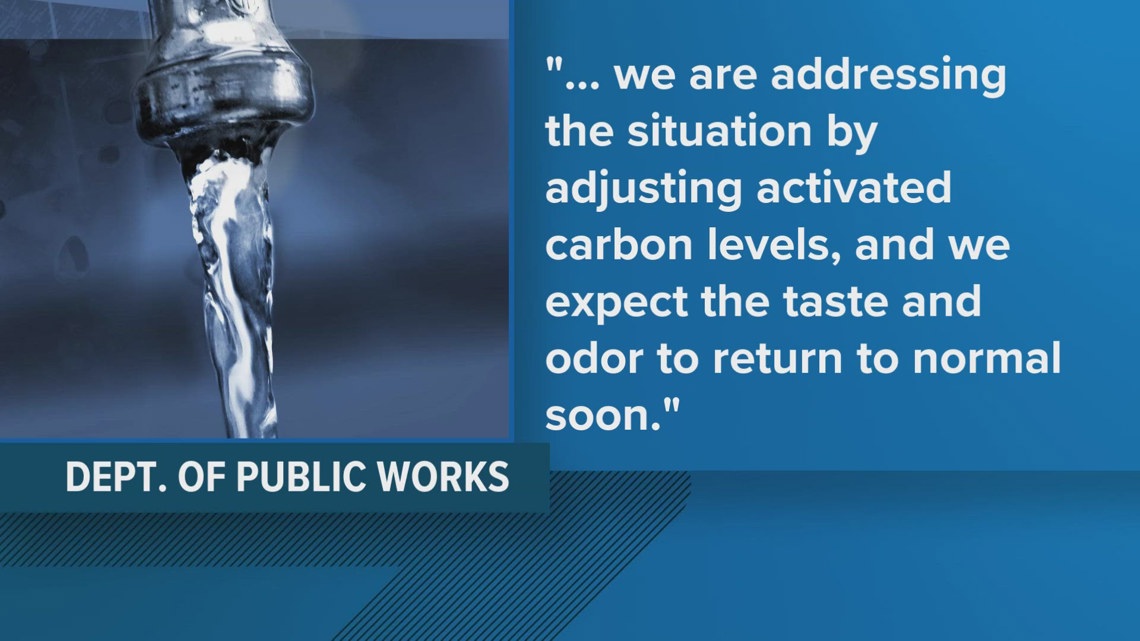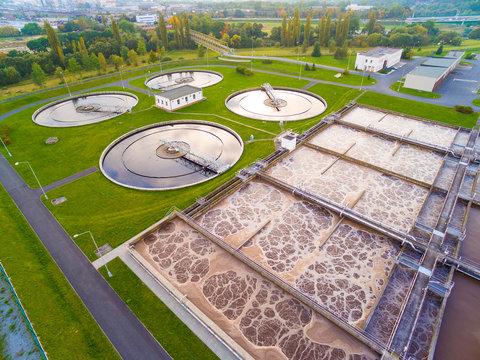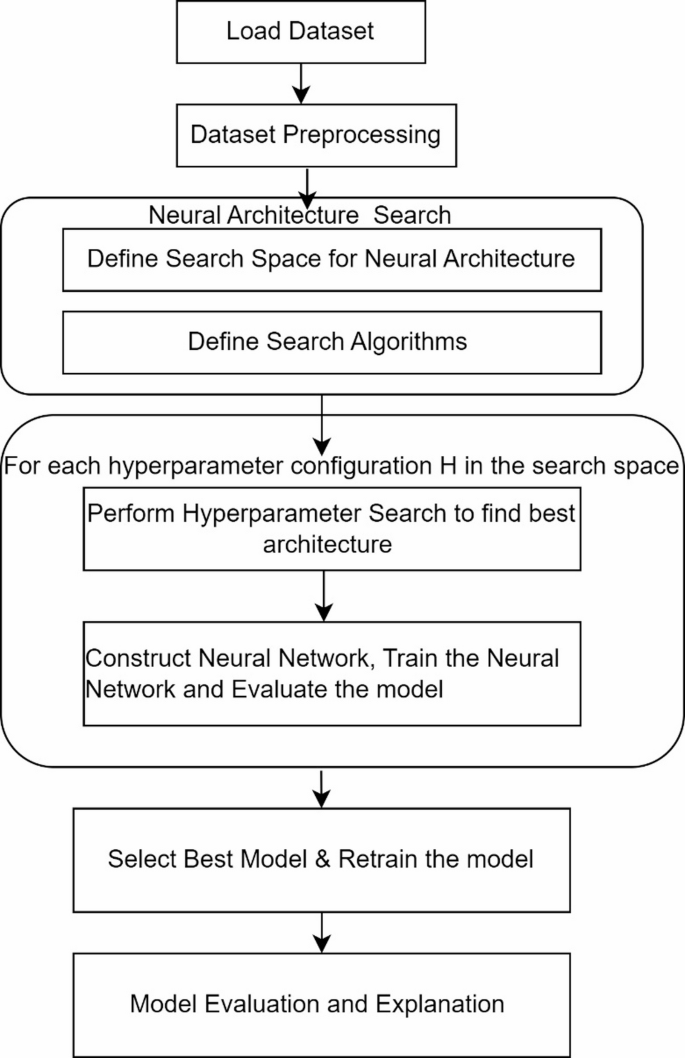Report on Water Loss Mitigation Initiative in Pagosa Area Water and Sanitation District
Introduction: Addressing Water Scarcity in Line with SDG 6
The Pagosa Area Water and Sanitation District (PAWSD) is actively addressing significant challenges related to water infrastructure, specifically high levels of water loss and infiltration into the wastewater collection system. This initiative is a critical step towards sustainable resource management and directly aligns with the objectives of the United Nations’ Sustainable Development Goals.
- SDG 6 (Clean Water and Sanitation): The project’s primary goal is to reduce non-revenue water loss, thereby enhancing water-use efficiency (Target 6.4) and ensuring the sustainable management of water resources for the community.
Technological Intervention and Innovation: A Commitment to SDG 9
To overcome the difficulty of locating subterranean leaks, PAWSD has partnered with Asterra, a company specializing in advanced infrastructure monitoring. This collaboration demonstrates a commitment to leveraging technology for sustainable development.
- SDG 9 (Industry, Innovation, and Infrastructure): The district is utilizing an innovative approach by employing satellite-based radio wave technology to scan below the ground surface. This adoption of modern, environmentally sound technology to upgrade infrastructure is a core component of SDG 9.
Project Implementation and Preliminary Findings
An update on the project was presented at a special board meeting on October 15. The operational phase involves a combination of satellite analysis and on-the-ground verification.
- Satellite imagery captured in February and September was used to identify areas with high concentrations of treated drinking water, indicating potential leaks.
- On October 13, Asterra staff began a 10-day field operation to pinpoint the exact location of these potential leaks using specialized sounding equipment.
- A significant, non-visible leak of 25 gallons per minute was successfully located in the pipes on Dayspring Place.
- The work also identified ancillary issues, including a leaking fire hydrant and three leaking meter bottoms, which were attributed to previous winter weather conditions.
Strategic Contribution to Sustainable Development Goals
The outcomes of this project contribute to multiple SDGs, reinforcing the district’s role in building a resilient and sustainable community.
- SDG 11 (Sustainable Cities and Communities): By improving the efficiency and integrity of the water distribution network, PAWSD is enhancing the sustainability and resilience of essential public infrastructure.
- SDG 12 (Responsible Consumption and Production): The proactive reduction of water loss is a direct action towards achieving the sustainable management and efficient use of natural resources, as outlined in Target 12.2.
Conclusion and Forward Outlook
PAWSD operations staff will prioritize the repair of all identified leaks, which have been marked via GPS, once the field verification phase is complete. Management and board members expressed optimism that this technologically advanced program represents the most promising effort to date to control water loss. The cost-effectiveness of the initiative is already being realized with the discovery of the 25 gallon-per-minute leak. The full success of the program will be further evaluated as excavation and repairs commence, marking a significant step toward achieving long-term water security and sustainability for the district.
1. Which SDGs are addressed or connected to the issues highlighted in the article?
The article discusses the efforts of the Pagosa Area Water and Sanitation District (PAWSD) to manage its water resources more effectively by detecting and repairing leaks. This work directly connects to several Sustainable Development Goals (SDGs) focused on water management, infrastructure, and sustainable communities.
-
SDG 6: Clean Water and Sanitation
This is the most directly relevant SDG. The article’s central theme is the management of water resources, specifically addressing “High levels of water loss” within the PAWSD water system. The effort to locate and fix leaks is a core activity for ensuring a sustainable and efficient water supply, which is a fundamental aspect of SDG 6.
-
SDG 9: Industry, Innovation, and Infrastructure
The article highlights the use of innovative technology to improve existing infrastructure. PAWSD is collaborating with a company named Asterra, which “uses satellites emitting waves in the radio spectrum to scan below the ground surface and detect areas with treated drinking water.” This application of advanced satellite technology to maintain and upgrade the water distribution network aligns with SDG 9’s focus on building resilient infrastructure and fostering innovation.
-
SDG 11: Sustainable Cities and Communities
Efficient management of essential services like water is crucial for creating sustainable communities. By reducing water loss, PAWSD is enhancing the sustainability and resilience of its water infrastructure. This ensures a more reliable water supply for the residents of the Pagosa area, contributing to the overall goal of making human settlements safe, resilient, and sustainable.
2. What specific targets under those SDGs can be identified based on the article’s content?
Based on the actions described in the article, several specific SDG targets can be identified:
-
SDG 6: Clean Water and Sanitation
- Target 6.4: By 2030, substantially increase water-use efficiency across all sectors and ensure sustainable withdrawals and supply of freshwater. The entire project described in the article is an effort to increase water-use efficiency by reducing water loss from leaks. Finding and repairing a “25 gallon-per-minute leak” is a direct action towards this target.
-
SDG 9: Industry, Innovation, and Infrastructure
- Target 9.1: Develop quality, reliable, sustainable and resilient infrastructure. The article details the district’s work to address a “significant issue” of water loss, thereby improving the reliability and sustainability of its water infrastructure. The repairs of pipes, a “leaking fire hydrant and three leaking meter bottoms” are concrete steps to enhance infrastructure quality.
- Target 9.4: By 2030, upgrade infrastructure…with increased resource-use efficiency and greater adoption of…environmentally sound technologies. The use of Asterra’s satellite and sounding technology represents the adoption of an advanced technology to increase the resource-use efficiency (water) of the existing pipe network.
-
SDG 11: Sustainable Cities and Communities
- Target 11.b: …implementing integrated policies and plans towards…resource efficiency… The PAWSD’s program to systematically find and repair leaks is a clear plan aimed at increasing resource efficiency within the community, making the local water system more sustainable.
3. Are there any indicators mentioned or implied in the article that can be used to measure progress towards the identified targets?
Yes, the article mentions and implies several quantitative and qualitative indicators that can be used to measure progress:
-
Volume of Water Saved
This is a direct indicator for Target 6.4 (water-use efficiency). The article explicitly quantifies a leak as “a 25 gallon-per-minute leak.” A board member also mentions a target metric: “if they find 25, 30 gallons per minute of leaks, I feel like we got a decent deal out of it.” Progress can be measured by the total volume of water saved (in gallons per minute or total volume over time) once all identified leaks are repaired.
-
Number of Leaks Identified and Repaired
This indicator relates to Target 9.1 (quality and reliable infrastructure). The article mentions the identification of “one leak…on Dayspring Place,” “a leaking fire hydrant and three leaking meter bottoms.” Tracking the number of leaks located and subsequently fixed serves as a direct measure of infrastructure improvement and maintenance efforts.
-
Cost-Benefit of the Technology Program
This is an implied indicator for Target 9.4 and 11.b, relating to the efficiency and sustainability of the adopted plan. The comment from board member Alex Boehmer, “For the price we paid, if they find 25, 30 gallons per minute of leaks, I feel like we got a decent deal out of it,” implies a cost-benefit analysis. The success of the program is being measured by comparing the cost of the Asterra service to the value of the water saved, indicating a measure of economic and resource efficiency.
4. Create a table with three columns titled ‘SDGs, Targets and Indicators” to present the findings from analyzing the article. In this table, list the Sustainable Development Goals (SDGs), their corresponding targets, and the specific indicators identified in the article.
| SDGs | Targets | Indicators |
|---|---|---|
| SDG 6: Clean Water and Sanitation | 6.4: Substantially increase water-use efficiency across all sectors. | Volume of water loss reduced, measured in gallons per minute (e.g., “a 25 gallon-per-minute leak”). |
| SDG 9: Industry, Innovation, and Infrastructure | 9.1: Develop quality, reliable, sustainable and resilient infrastructure.
9.4: Upgrade infrastructure…with increased resource-use efficiency and greater adoption of…sound technologies. |
Number of leaks, leaking fire hydrants, and leaking meter bottoms identified and repaired.
Adoption of innovative satellite and sounding technology for leak detection. |
| SDG 11: Sustainable Cities and Communities | 11.b: Implement integrated policies and plans towards resource efficiency. | Cost-benefit analysis of the leak detection program (e.g., “For the price we paid, if they find 25, 30 gallons per minute of leaks, I feel like we got a decent deal out of it”). |
Source: pagosasun.com






